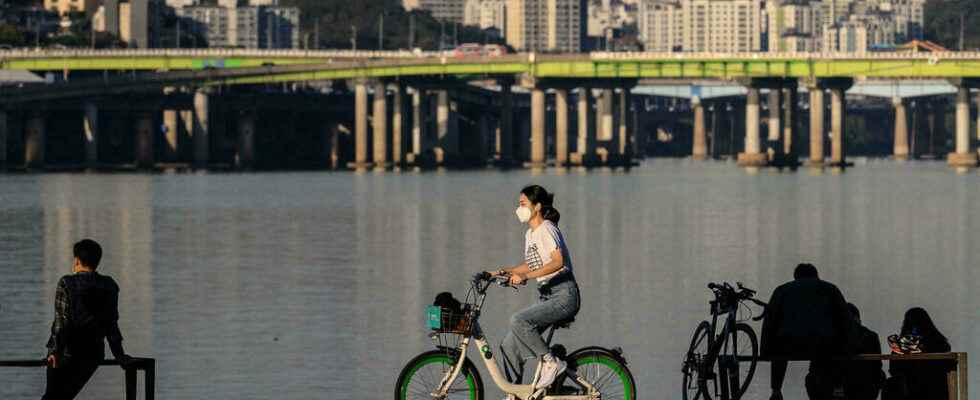For the first time since the start of the pandemic, South Korea is lifting all health restrictions except for wearing a mask. From Monday, April 18, restaurants and other businesses will be able to open without a curfew or gauge. A relief for the population of the country which has not experienced containment, but South Korea continues to count more than 100,000 new cases per day. So why are the authorities dropping the restrictions after two years of effort?
With our correspondent in Seoul, Nicholas Rocca
No more closing at midnight, bans on receiving more than 4.6 or 10 customers at the same table, small South Korean traders will begin to breathe from Monday.
For the past two years, it has been mainly the self-employed (about 25% of the population) who have seen their activity limited by health restrictions. A sacrifice that was not made in vain, because the Moon Jae-in government can be satisfied with a rather good record on the pandemic front.
For a long time, the circulation of the virus remained limited and it was only after the vaccination of a very large part of the population that the Omicron wave blew up the meters without flooding the hospital. Proof of this relative success, a very low death rate from the virus in South Korea: 0.13% against 0.4% in Japan or 0.5% in France according to Johns Hopkins University.
A success that was based on three key elements: the tracing of contact cases, constant communication from the authorities and the rigorous wearing of masks by the population.
As soon as the virus arrived in the territory, several information points were organized every day by the authorities who tried to be transparent. This effort was rewarded by a rather remarkable respect for health instructions on the part of the population.
►Also read : Covid-19: rebound of the pandemic in Asia as health measures are relaxed
Last February, the Korean administration was able to adapt. The tracing of contact cases was abandoned in favor of a strategy which aimed to continue to screen massively to identify serious cases and therefore limit deaths.
A flattering assessment but tarnished by several xenophobic excesses such as compulsory tests aimed only at foreign residents of Gyeonggi province. Discrimination that could have damaged the image of South Korea, often presented as a model in the fight against the pandemic.
